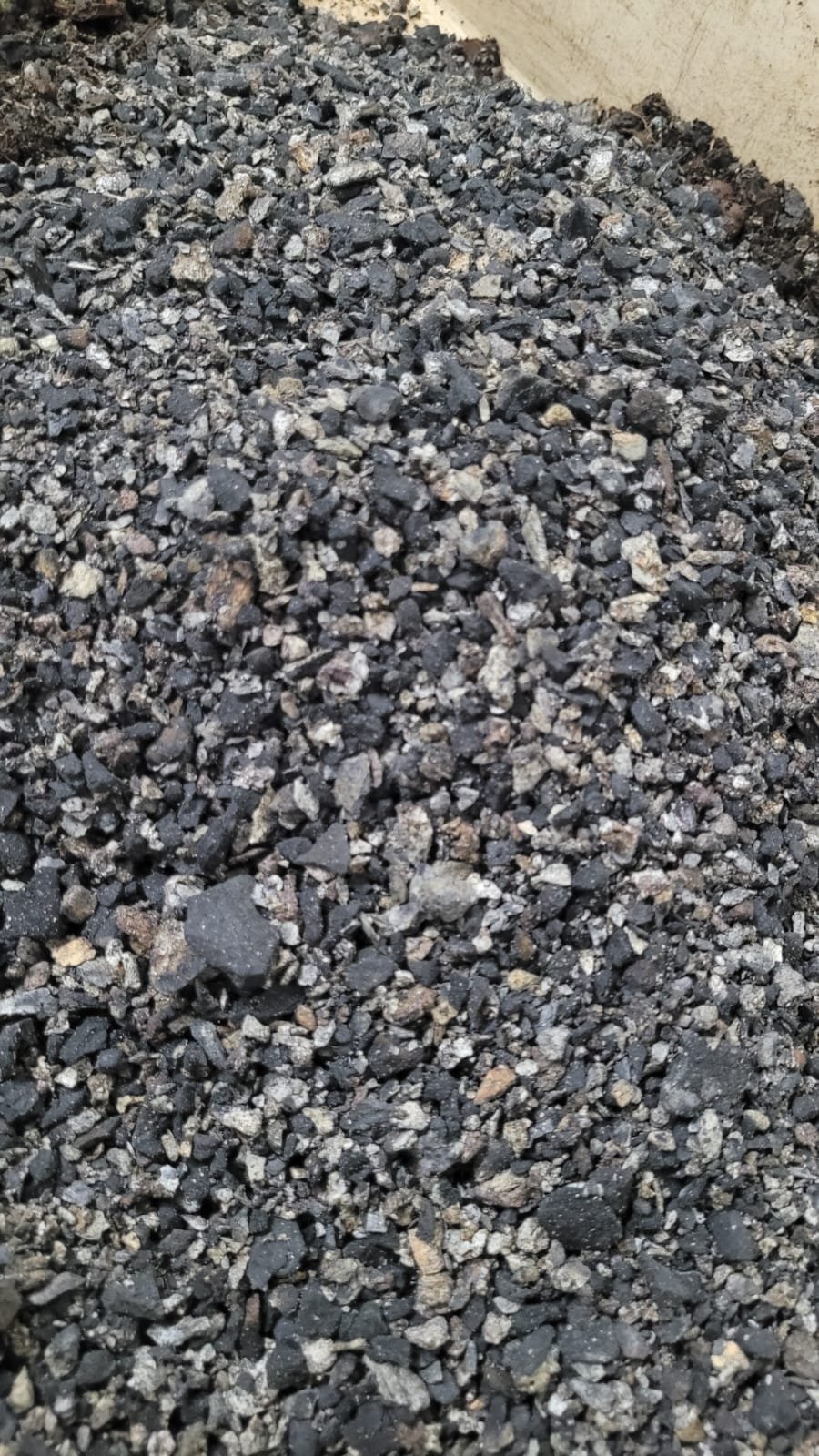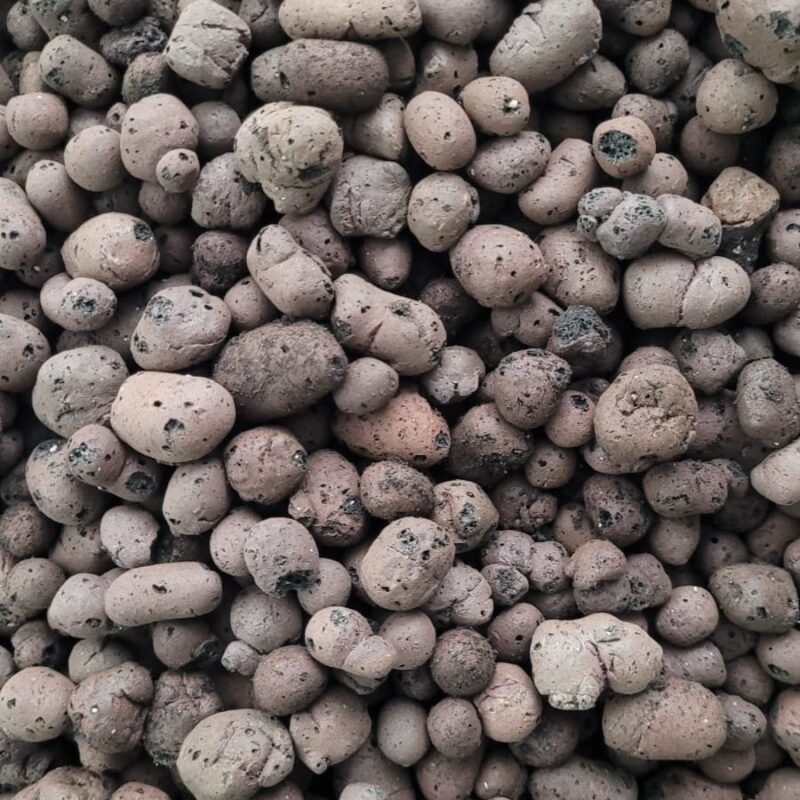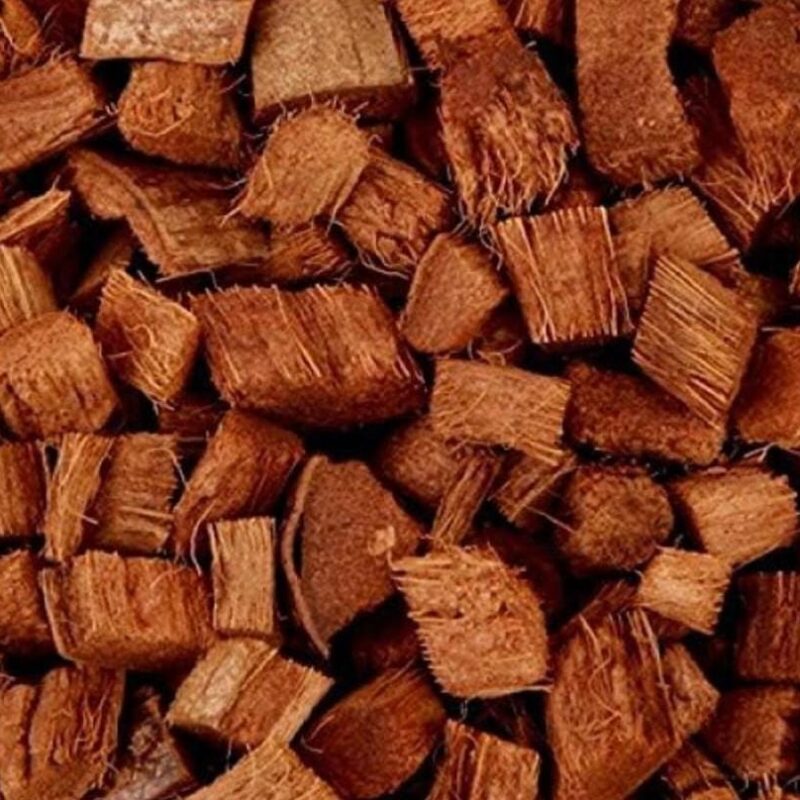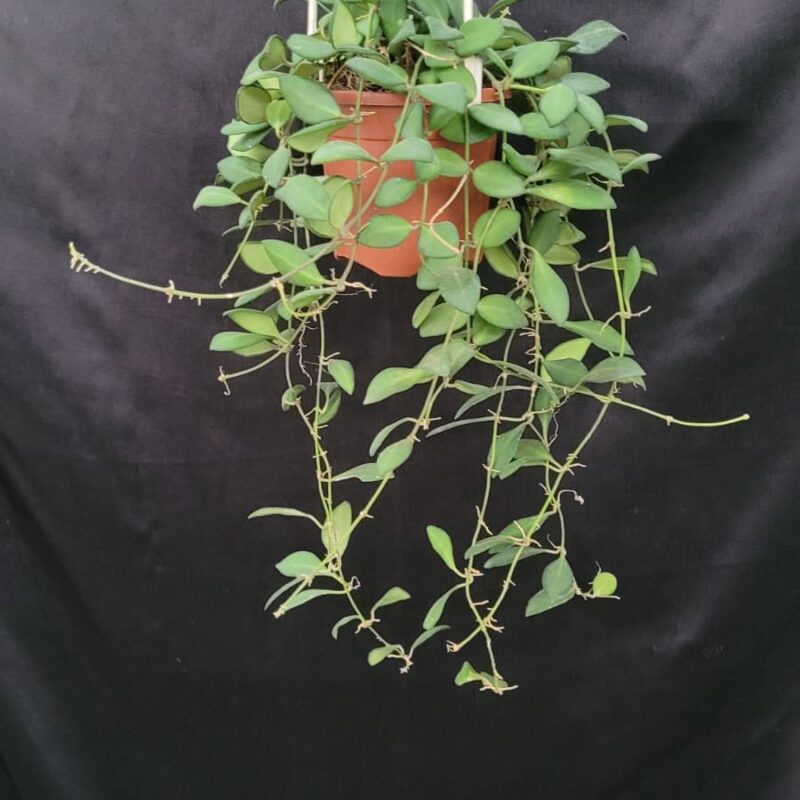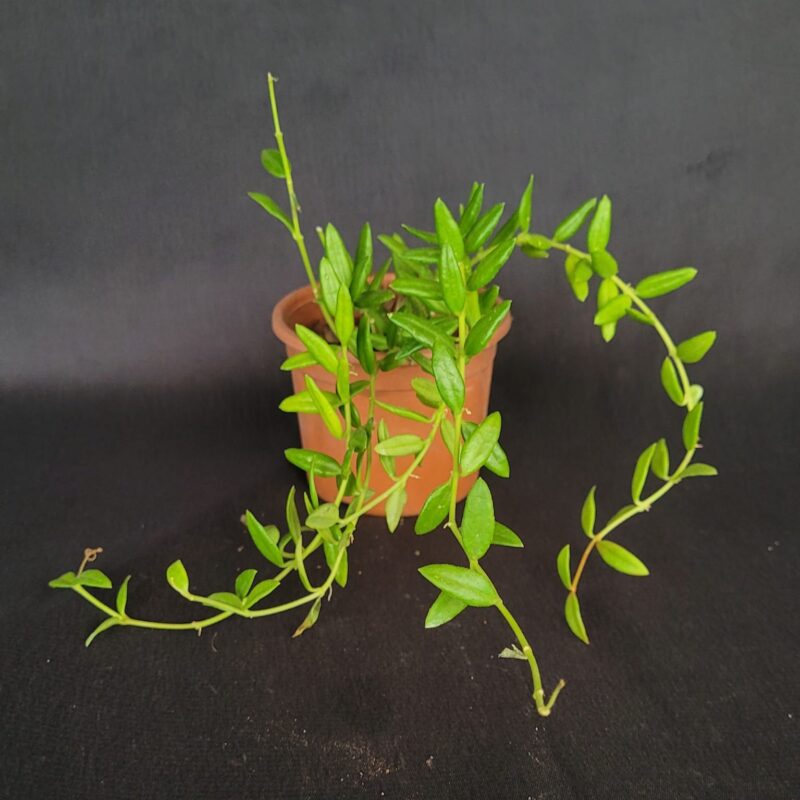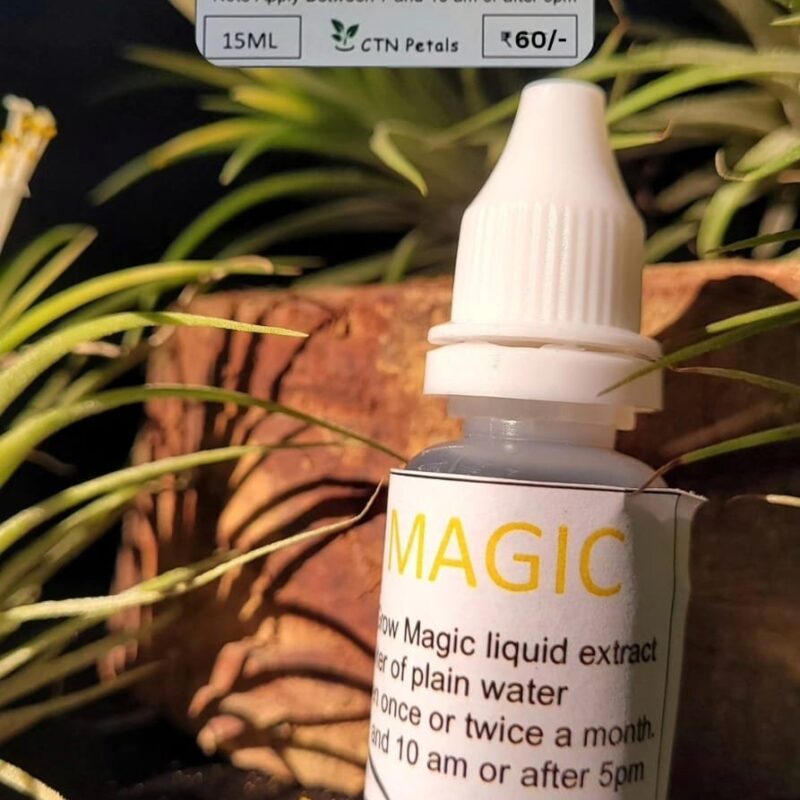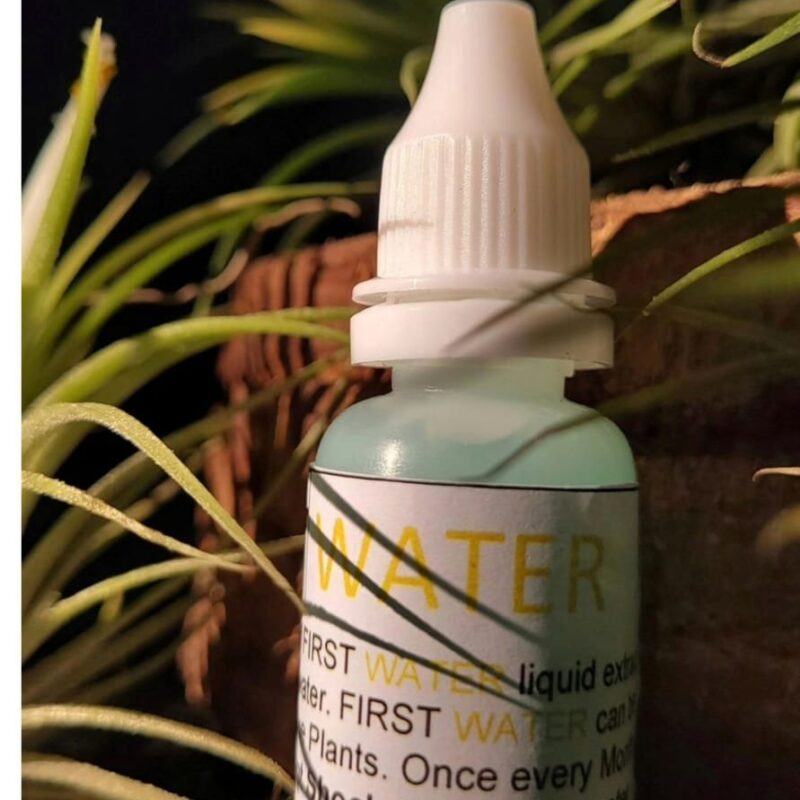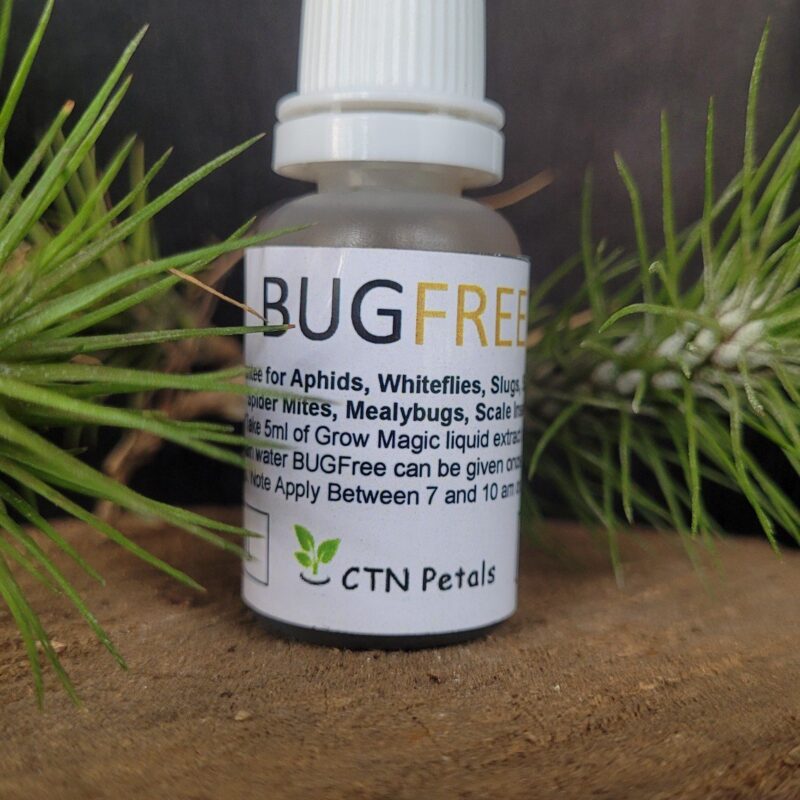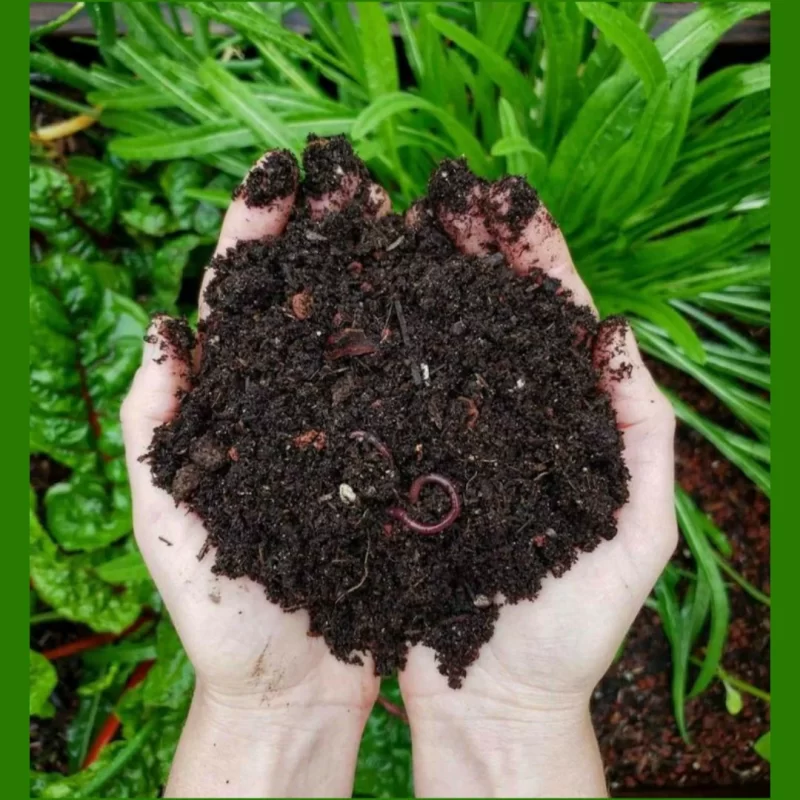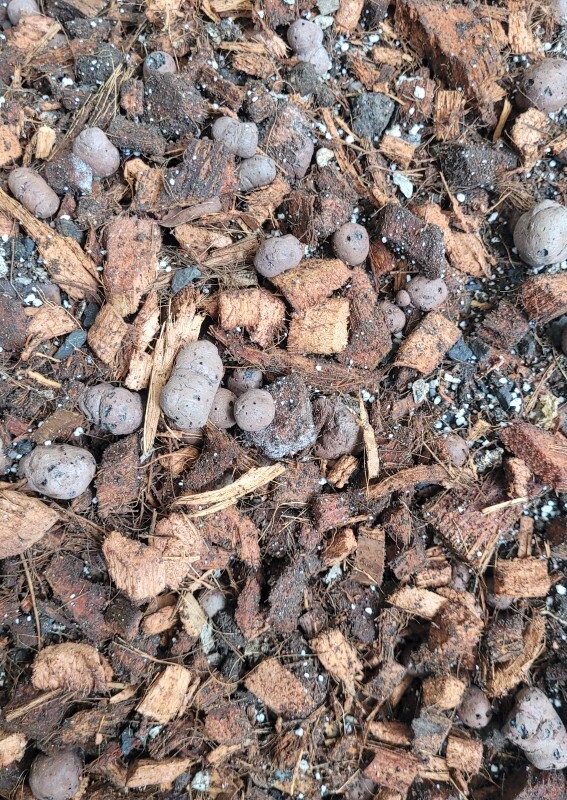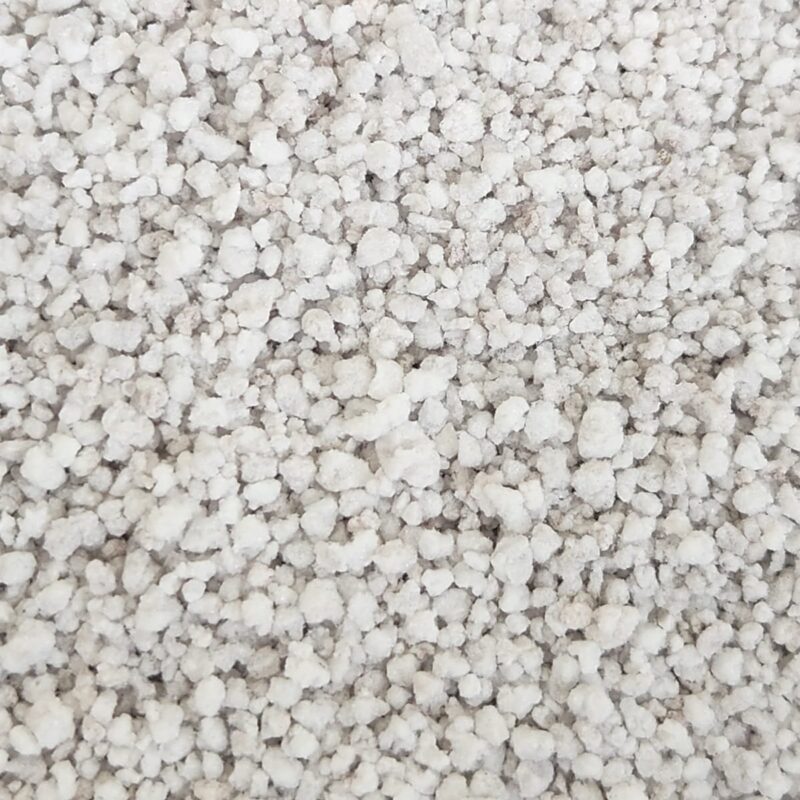Washed cinder soil, a porous volcanic rock, is highly valued for its ability to improve soil structure, especially for plants like cacti, succulents, adeniums, roses, snake plants, and orchids. Its porous nature allows for proper aeration and water drainage, which prevents root rot and promotes healthy root development. This is particularly important for plants that thrive in well-draining soils.
Key Benefits of Washed Cinder Soil:
- Lightweight: Easier to handle and work with compared to heavier amendments like sand or gravel.
- Long-lasting: Cinder is highly durable, maintaining its structure for many years without decomposing.
- Sustainable: Being a natural material sourced from volcanic regions, it’s an eco-friendly soil amendment option.
- Versatile: Useful in a variety of mixes for succulents, cacti, hydroponics, and even aquaponics.
- Improves soil properties: It aids in aeration, water retention, and root development while adding trace minerals to the soil that enhance plant growth.
Cinder soil’s ability to provide the right balance of moisture and air makes it a great choice for plants that require well-drained conditions to flourish.
Detailed Benefits:
- Excellent Drainage:
- Cinder’s porous structure ensures that excess water drains away quickly, preventing waterlogging. This is especially critical for plants like cacti and succulents that are sensitive to root rot.
- Enhanced Aeration:
- The open, airy texture of cinder helps maintain oxygen flow to the roots, which is essential for root respiration and overall plant health. It prevents soil compaction, which can stifle plant growth.
- Support for Root Development:
- By creating air pockets in the soil, cinder encourages the roots to spread deeper and wider. This results in stronger plants that are better equipped to absorb nutrients and moisture.
- Trace Mineral Content:
- Cinder contains small amounts of beneficial minerals like iron, magnesium, and calcium, which can provide essential micronutrients to plants, contributing to healthier, more vigorous growth.
- pH Neutrality:
- Cinder is typically pH-neutral, making it a good amendment that doesn’t interfere with the soil’s acidity or alkalinity. It blends well with other soil components, ensuring the plant’s specific pH requirements are maintained.
- Improved Soil Texture:
- Adding cinder to your potting mix creates a crumbly texture that allows for better root penetration and easier water movement. This is beneficial for both heavy clay soils (loosens it up) and sandy soils (helps retain moisture).
- Longevity and Reusability:
- Unlike organic materials such as peat or compost, cinder does not decompose over time, making it a long-term solution for soil amendment. It can be reused in multiple potting cycles, reducing the need for frequent replacement.
- Hydroponics and Aquaponics Use:
- Cinder’s lightweight and porous nature also make it suitable for hydroponic and aquaponic systems where plants need both water and air exposure to thrive. It provides a sturdy yet breathable medium for root growth.
- Sustainable Choice:
- Harvested from volcanic regions, cinder is a renewable and eco-friendly resource, especially compared to synthetic soil additives. Its minimal environmental impact makes it an ideal choice for sustainable gardening practices.
Ideal Applications:
- Succulent and Cactus Gardens: These plants thrive in well-drained, low-nutrient environments, and cinder helps create the perfect conditions by keeping the roots dry and oxygenated.
- Container Plants: When used in pots, cinder improves drainage and prevents the soil from becoming waterlogged.
- Bonsai and Adenium Cultivation: Plants that need excellent root aeration and a dry environment benefit from cinder-based soil mixes.
- Orchids and Epiphytes: These plants often need specific aeration levels around their roots, and cinder can be a key ingredient in their growing media.
Mixing Recommendations:
To create a balanced potting mix for various plant types, cinder can be combined with other materials such as:
- Peat moss or coir: To retain moisture while still allowing drainage.
- Perlite or pumice: For additional aeration.
- Organic compost: To introduce nutrients for plants that require more fertile soil.
By using washed cinder soil, gardeners can create a versatile, long-lasting, and well-draining medium that supports the growth and vitality of a wide variety of plants.
